
2016 National Elections
As Nicaragua’s national elections moved forward in 2016, CSOs continued to monitor the electoral process for transparency and equity.
The group Etica y Transparencia, as part of Panorama Electoral (a consortium of Nicaraguan organizations), undertook a non-partisan independent observation throughout the election period. Despite a lack of access to some key processes (such as the vote count and tabulation of results), observers reported on the general electoral environment, and few reported witnessing or hearing reports of violence against women at any point during the election.
BEFORE THE ELECTION
Panorama Electoral deployed observers in over 150 municipalities during the three months before the day of elections. These observers reported back regularly on pre-election activities by electoral institutions and political parties. While few incidents of violence were reported by observers, Panorama Electoral did note and report on a gender bias in events and the composition of local electoral boards throughout the pre-electoral period.
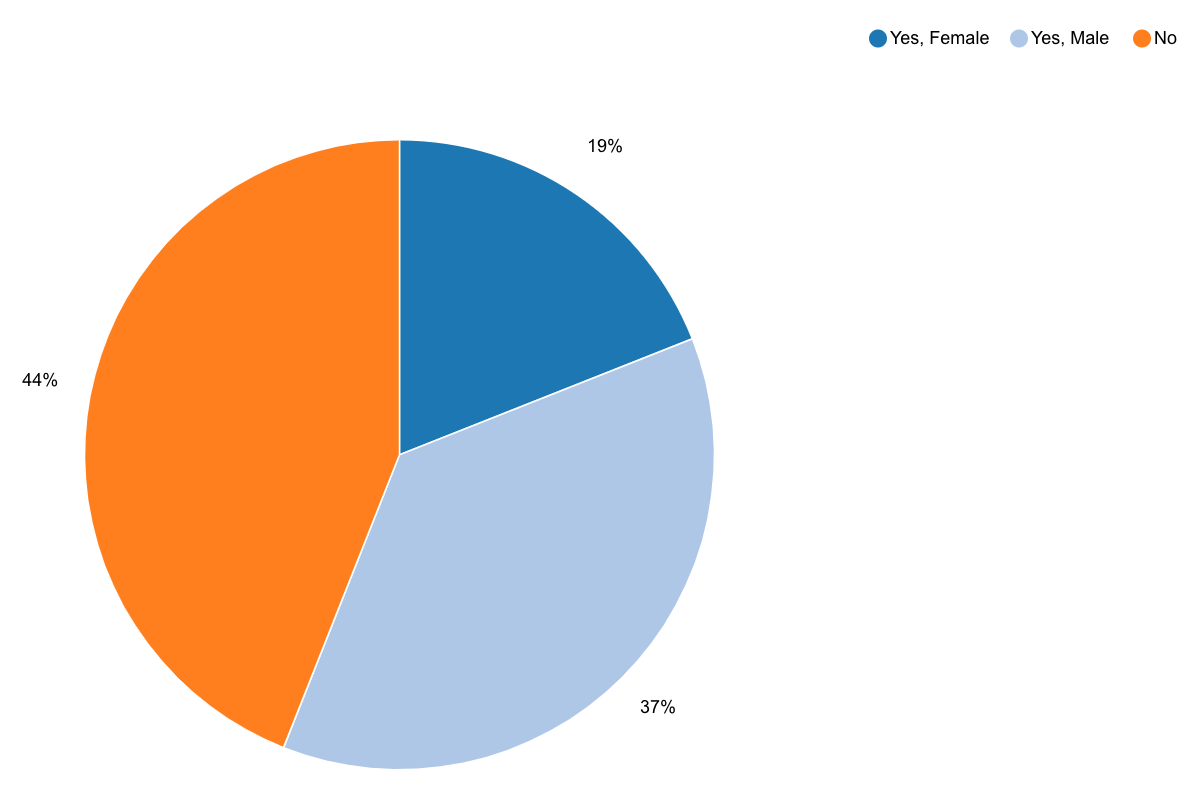
Nicaragua Appointment of Supreme Electoral Council Authority
In Nicaragua's 2016 election, the national-level Supreme Electoral Council had the ability to place auxiliary personnel as members of municipal-level electoral councils directly. As this graph shows, in municipalities where such authorities were placed, they were largely men, with observers in 37% of the municipalities reporting that male authorities were put in place, whereas only 19% reported that women authorities were placed in the municipality. The remaining 44% of observers reported that no authority was placed in that municipality.
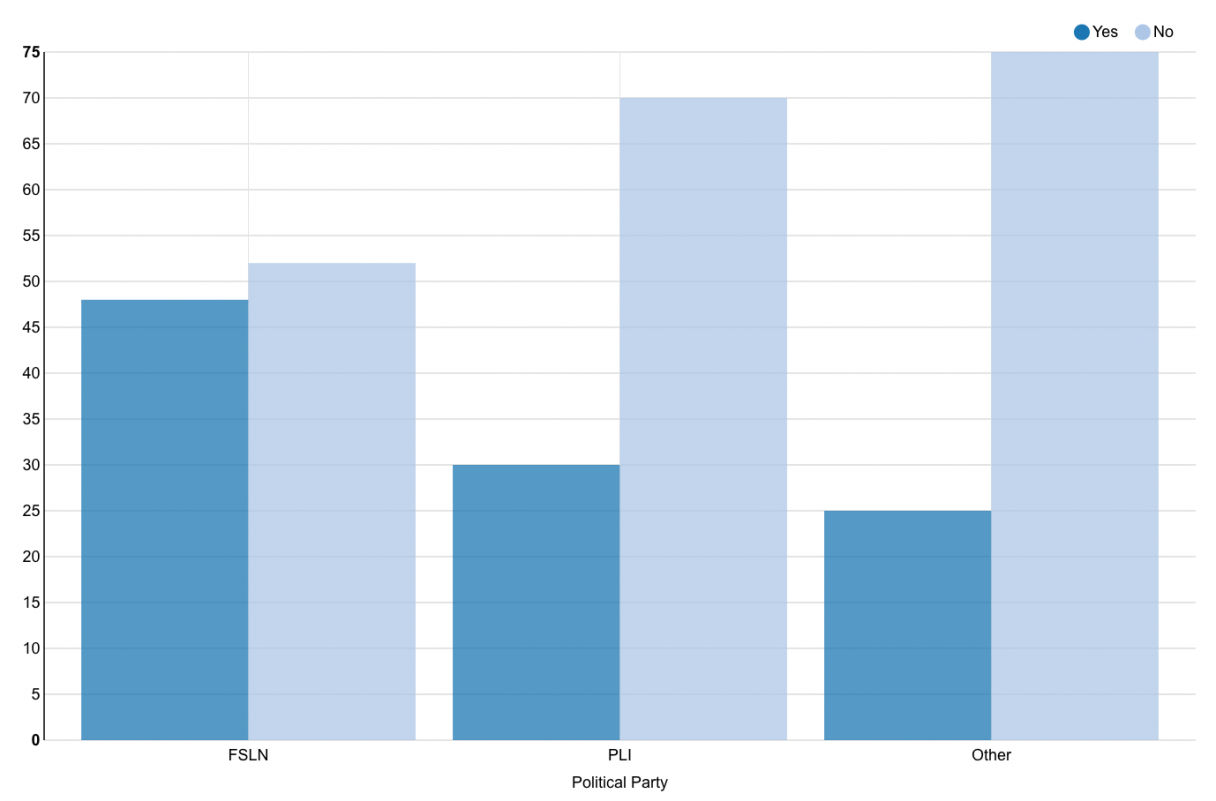
Nicaragua Pre-Election Sexualization of Women
During the pre-election period, observers looked for and reported on incidents of sexual exhibition of women. This included the exhibition of women in sexual ways to draw attention to campaign or political party events. This graph shows the average percentage of municipalities in which observers reported seeing ("Yes") or not seeing ("No") this kind of sexualization of the female form in different parties'campaign activities.
ELECTION DAY
On election day, Panorama Electoral deployed observers proportionately throughout the country to monitor the electoral processes and general environment -- including any incidents of violence.
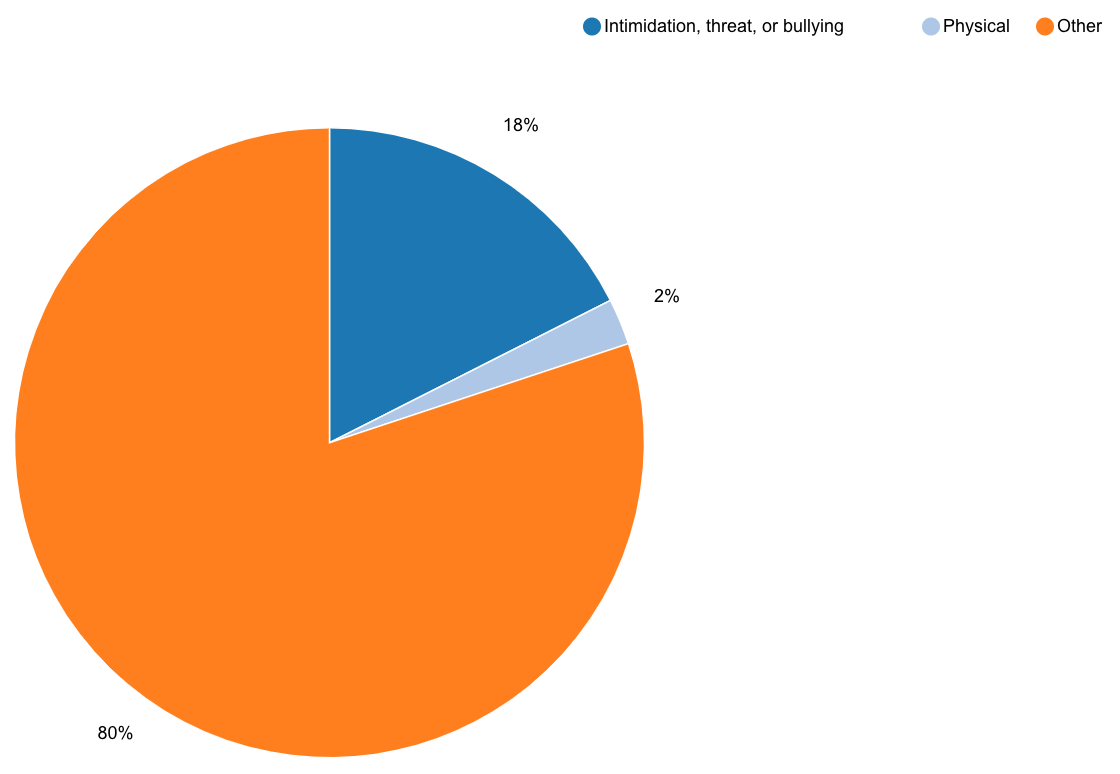
Nicaragua Election Day Critical Incidents by Type of Incident
While Election Day in Nicaragua was peaceful overall, there were 211 confirmed critical incidents reported by observers. Of these incidents, only 20% in total were reported to be violent, as seen in this chart. These incidents, in turn, were nearly all incidents of intimidation, threats or bullying, with only 2% of all reported incidents characterized by physical violence.
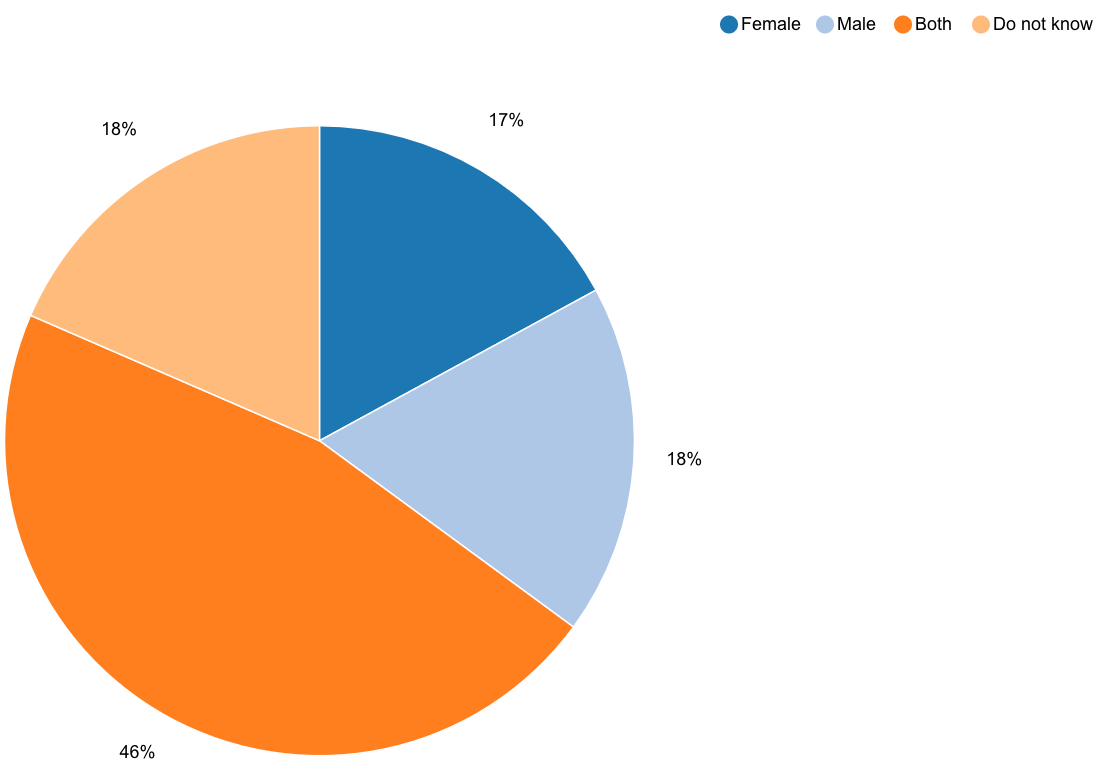
Nicaragua Election Day Critical Incidents by Victim Gender
Overall, very few confirmed incidents of violence were reported on election day. Of those that were reported by observers, nearly half involved both men and women victims, with 17% involving only women victims, and 18% involving only male victims.
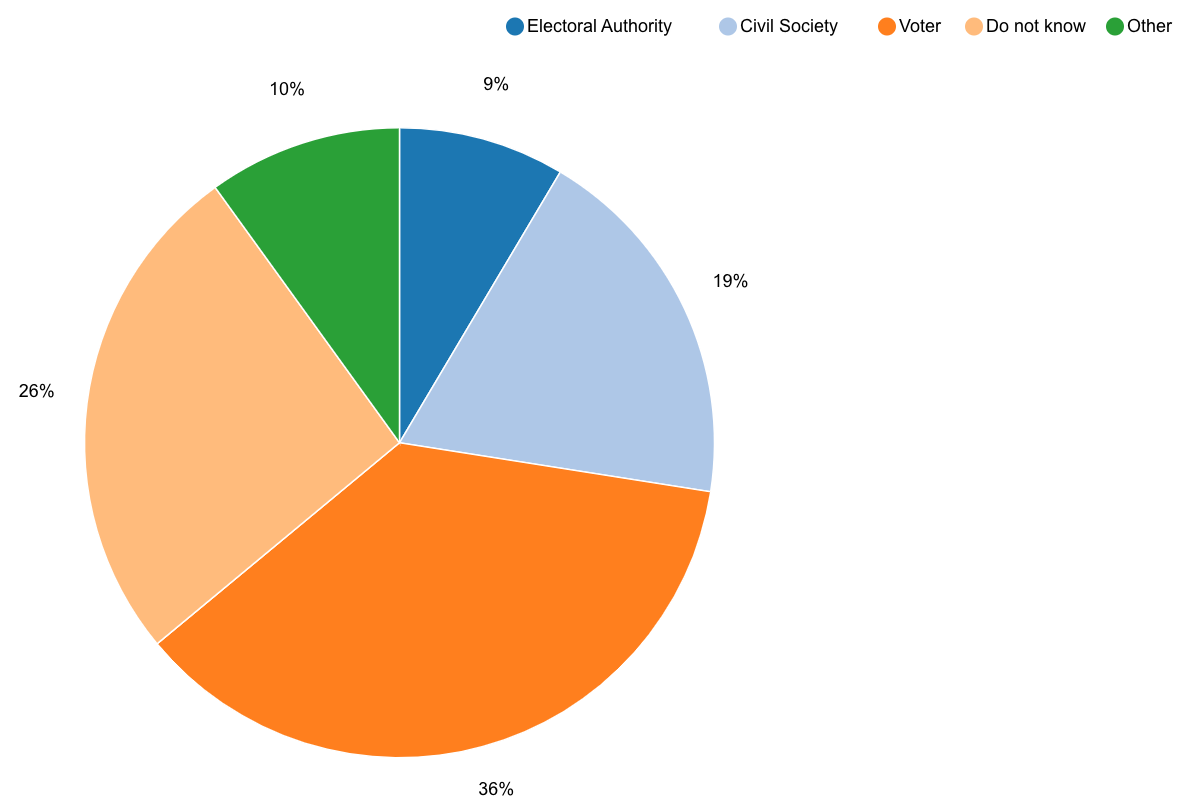
Nicaragua Election Day Critical Incidents, Victim by Affiliation
Of the reported incidents on election day, victims were primarily voters: in 36% of reported incidents, observers indicated that voters were the victims of incidents. However, a significant percentage of incidents were reported with no clear affiliation or role for the victim. Members of civil society were also more frequently targeted, with 19% of reported incidents affecting them.
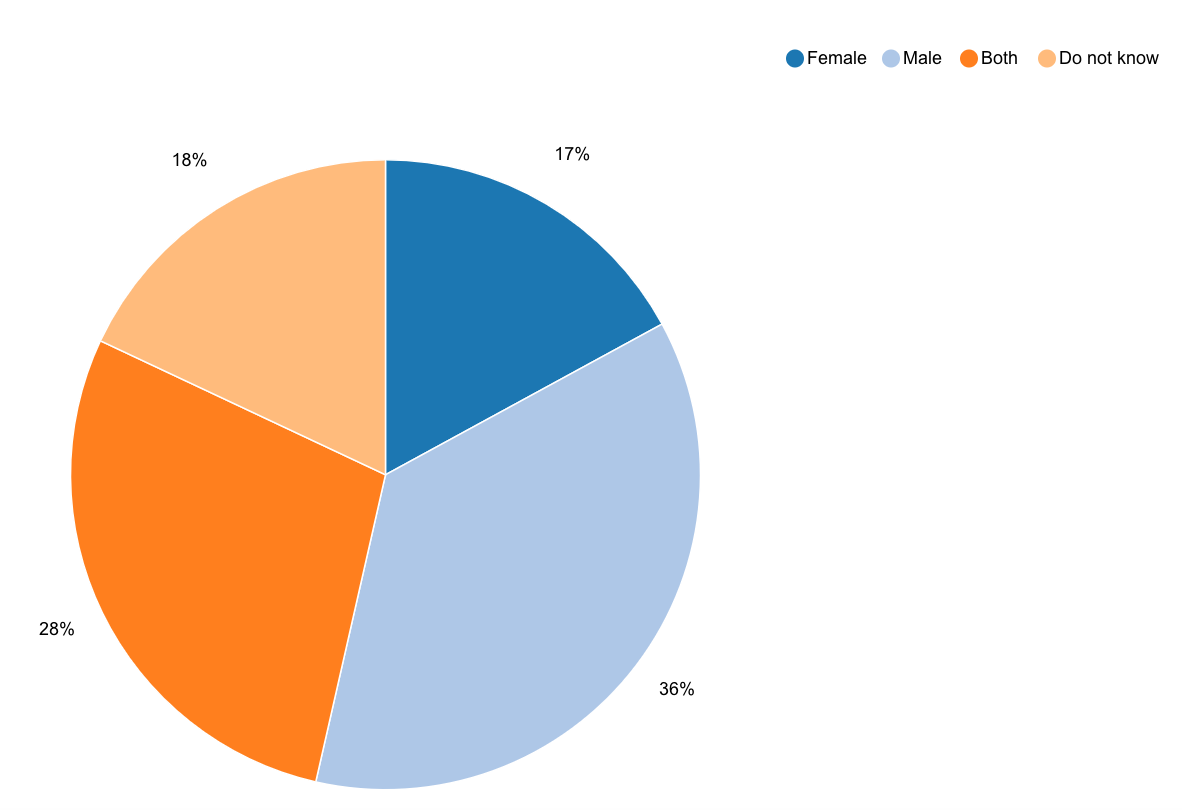
Nicaragua Election Day Critical Incidents by Perpetrator Gender
While few reports of critical incidents were submitted by observers, of those that were, men were reported to be the perpetrators in 36% of the incidents recorded, while women were reported to be the perpetrators in only 17% of the reported incidents.
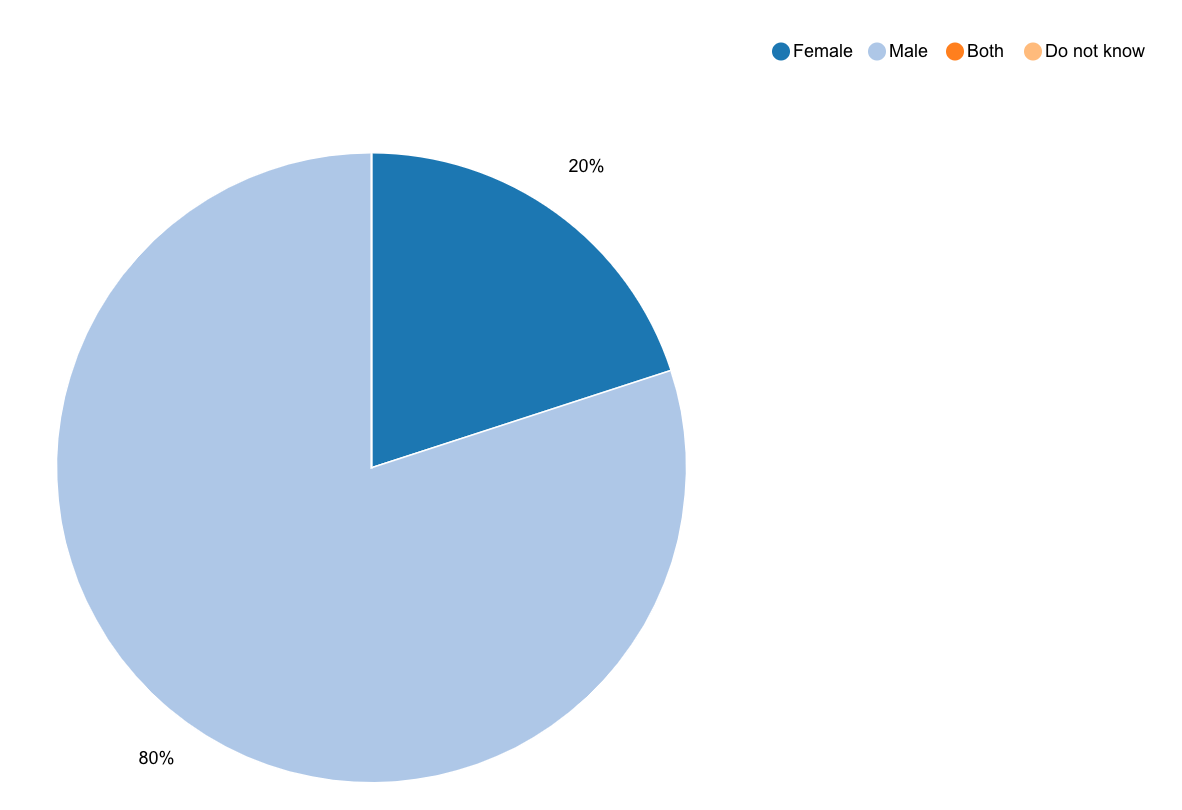
Nicaragua Election Day Critical Incidents (Physical Violence) by Perpetrator
In the few reported incidents of physical violence on election day, the perpetrators were overwhelmingly reported by observers to be men. In 80% of reported incidents of physical violence, perpetrators were male, while female perpetrators were reported in only 20%.
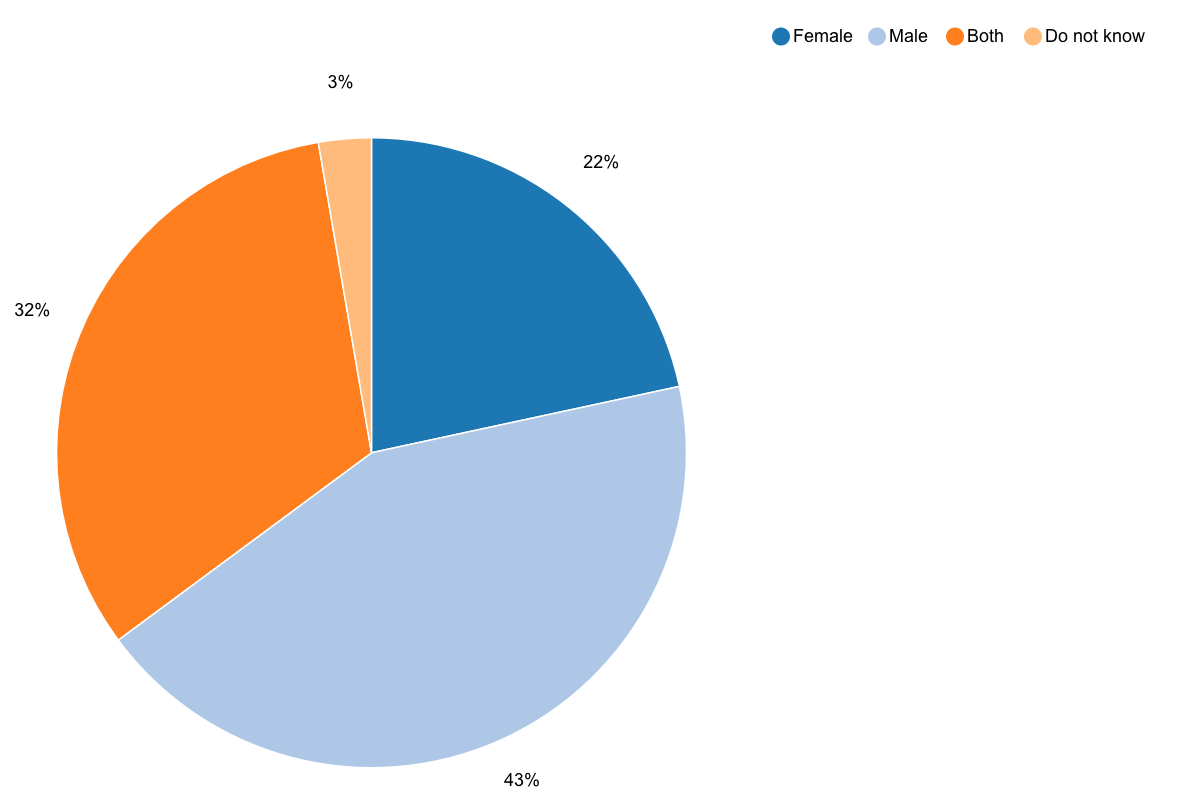
Nicaragua Election Day Critical Incidents (Threats and Coercion) by Perpetrator
Of the reported incidents of threats, intimidation and bullying on election day, the perpetrators of this type of violence were predominantly male (43% of reported incidents involved a male perpetrator). In 32% of reported incidents, the perpetrators were both men and women, while in 22% the perpetrator or perpetrators were only women.
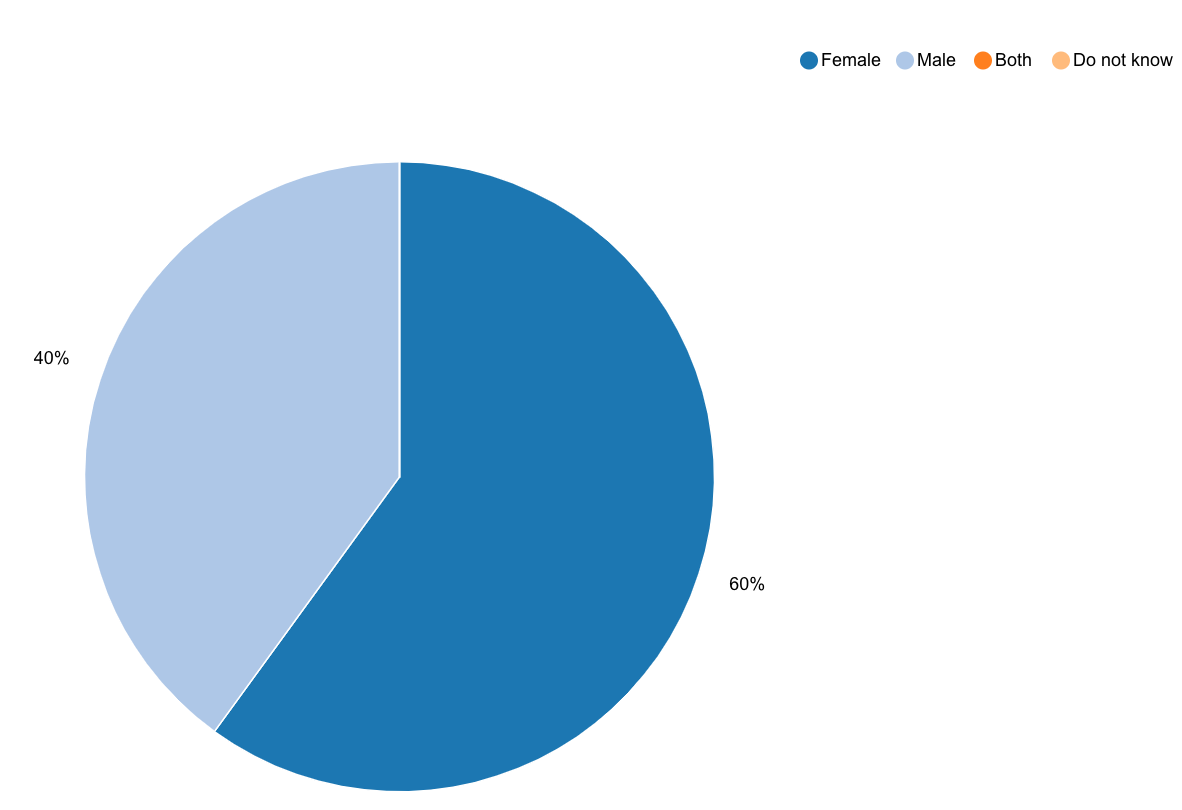
Nicaragua Election Day Critical Incidents (Physical Violence) by Victim
In the incidents of physical violence that were reported by observers on election day, women made up over half the victims, at 60% of all reported victims, with no observers reporting incidents involving both men and women victims.
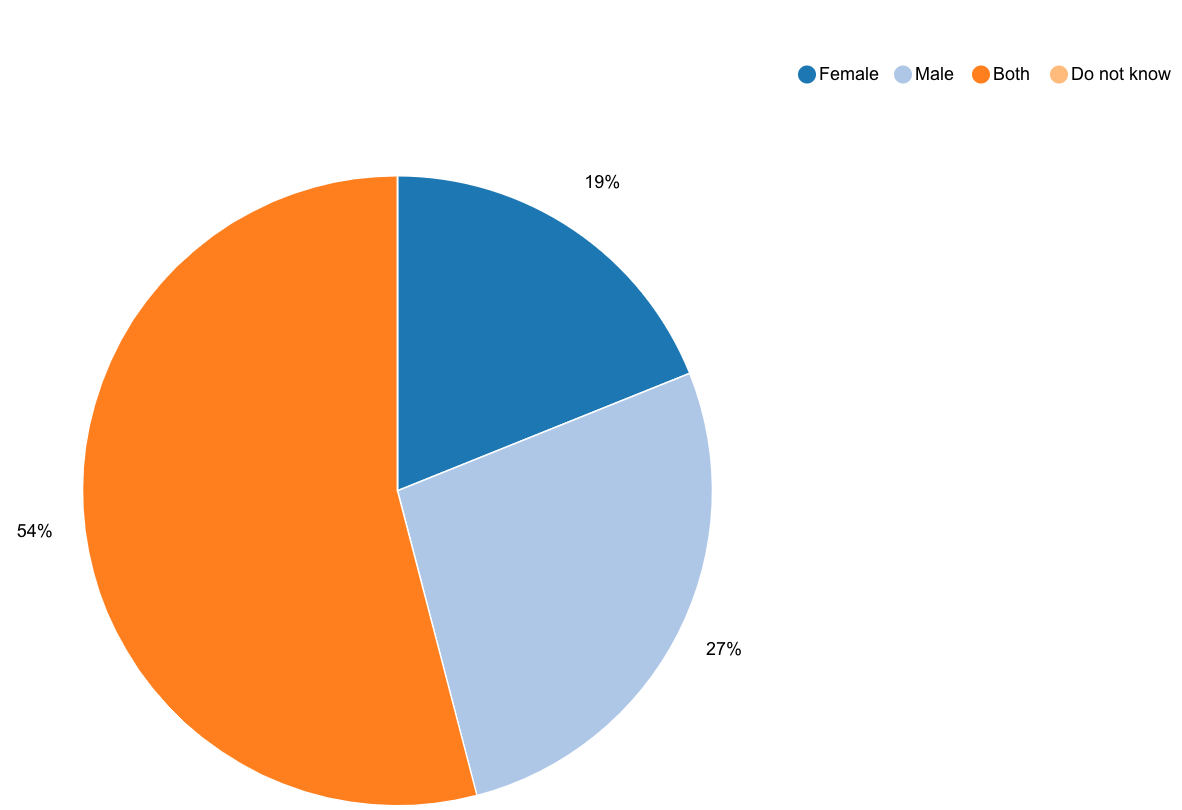
Nicaragua Election Day Critical Incidents (Threats and Coercion) by Victim
Of the incidents of intimidation, threats and bullying that were reported by observers on election day, 54% involved both male and female victims. In reported incidents where only one gender was reported, slightly more men were attacked than women.
ABOUT THE OBSERVATION
Panorama Electoral deployed observers in 152 municipalities during the three months leading up to election day. On election day itself, 650 observers were deployed, including 158 municipal and district coordinators, as well as 492 short-term observers deployed in a proportional manner throughout all municipalities of the country.
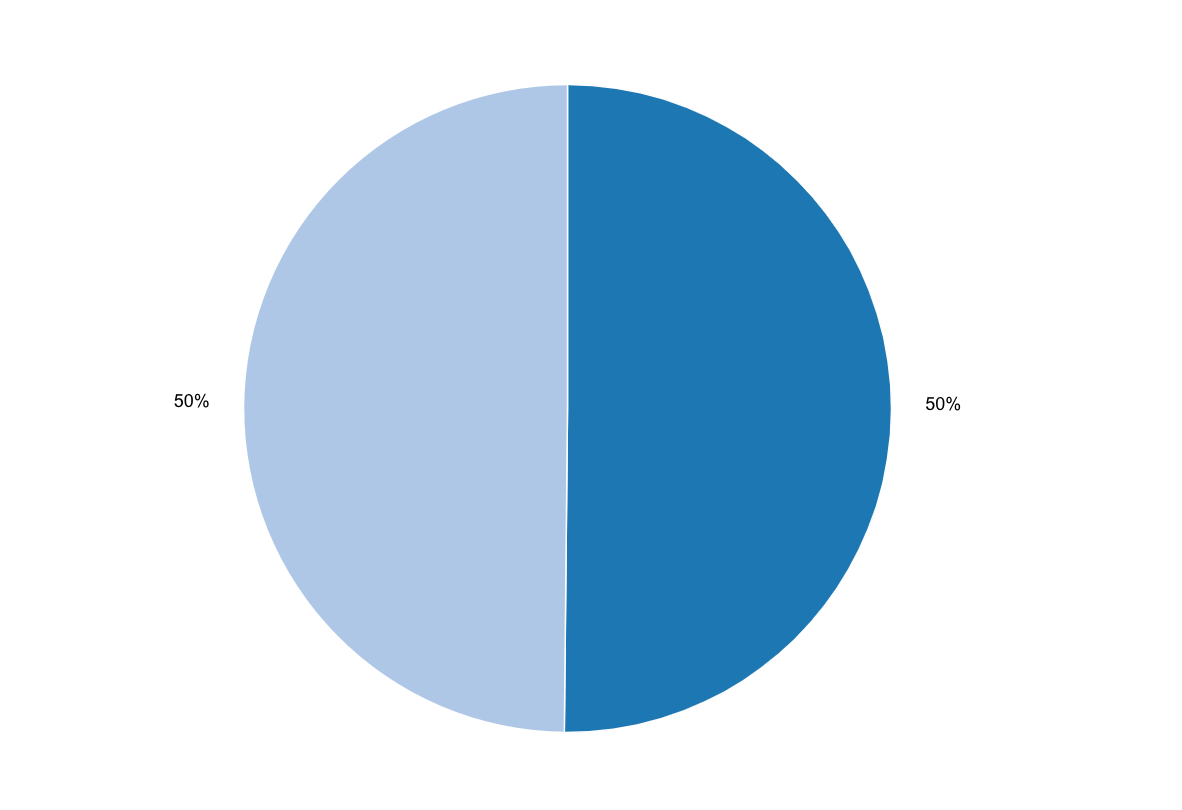
Nicaragua Gender Breakdown of Observers
When designing their observation methodology and recruiting observers, Panorama Electoral placed a high priority on ensuring there was a gender balance in their observers. As the graph below shows, they were able to meet that goal: their full complement of observers, from both pre-election and election day observation periods, showed even representation of men and women.
For more information about this observation, check out the reports from Panorama Electoral, available here in Spanish and English.
Other countries
The Votes Without Violence project, initially developed by the National Democratic Institute, has examined violence against women in elections in the following countries. You can view each country's data individually or check out our cross-country analysis.
Burma
Cote D'Ivoire
Contested claims of victory during Côte d’Ivoire’s 2010 presidential election—the first in a decade—triggered widespread post-election violence, in which women were often the first victims.